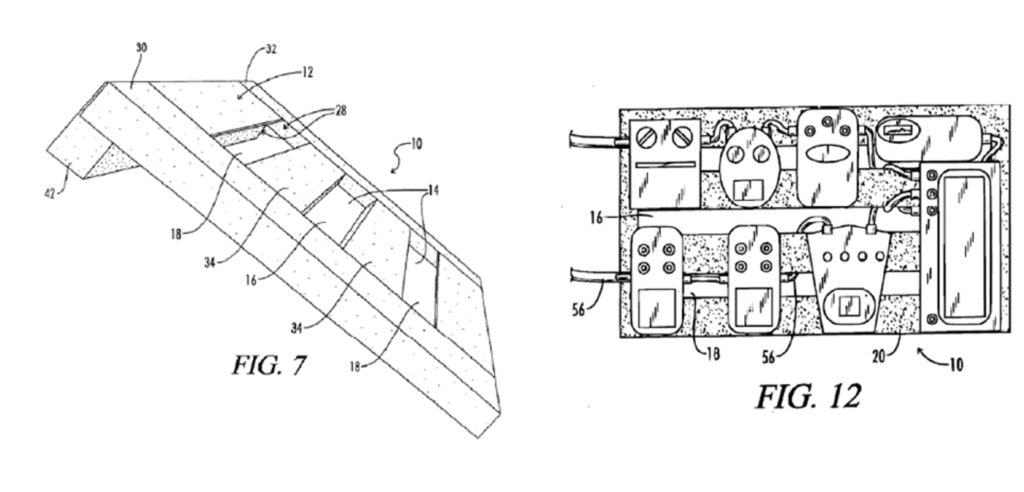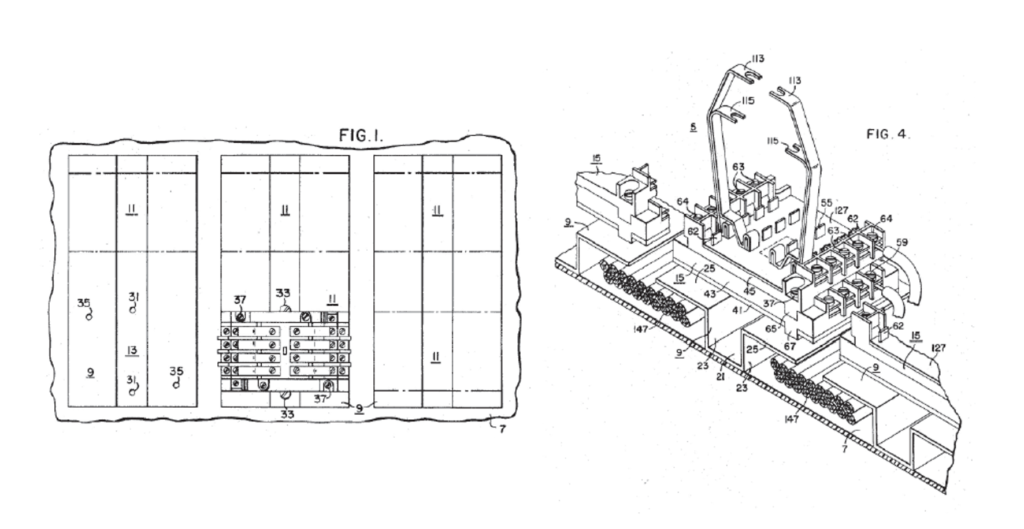The US Court of Appeals for the Federal Circuit affirmed the grant of a preliminary injunction, finding that the district court did not abuse its discretion, clearly err in its underlying factual findings or abuse its discretion in setting the scope of the preliminary injunction. BlephEx, LLC v. Myco Indus., Inc., Case Nos. 2021-1149; -1365 (Fed. Cir. Feb. 3, 2022) (Moore, Schall, O’Malley, JJ.)
Myco sells AB Max, a mechanical device with an attached swab used for treating an eye condition known as blepharitis. Myco began marketing AB Max at a trade show in February 2019. One month later, BlephEx filed an application that later issued as a patent. The patent is directed toward cleaning debris from an eye during treatment of ocular disorders, including blepharitis. According to the patent, prior art treatment for blepharitis included at-home treatment where the patient would use a cotton swab, fingertip or scrubbing pad to scrub the eyelid margin in order to remove debris. Patients would often fail to adequately cleanse the eyelid margin, however. The patent’s solution is an electromechanical device with an attached swab for use by an eyecare professional to clean the patient’s eyelid margins.
The day the patent issued, BlephEx sued Myco and its chairman, John R. Choate, alleging that Myco’s AB Max infringed BlephEx’s newly issued patent. BlephEx moved the district court for a preliminary injunction prohibiting Myco from selling, distributing or offering the AB Max for sale. Myco opposed, arguing that a prior art reference (Nichamin) raised a substantial question of invalidity. The district court disagreed with Myco and granted the injunction. The district court noted that to anticipate, a prior art reference must disclose all elements of a claim arranged as in the claim, and Nichamin did not disclose combining the electromechanical applicator device depicted in one embodiment with a swab disclosed in another. The district court also rejected Myco’s argument that the patent examiner failed to consider Nichamin because he did not substantively discuss it during prosecution. The district court further rejected Myco’s obviousness argument as unsupported by expert evidence, finding Myco failed to overcome “the safety concerns of attaching a swab that is soaked in an abrasive to the Nichamin hand-held device.”
After the district court granted the preliminary injunction, Myco moved for reconsideration and argued that the preliminary injunction was overbroad because the AB Max had noninfringing uses. The district court rejected Myco’s argument, finding it was untimely and presented hypothetical noninfringing uses that were “outweighed by evidence that the only actual use of the AB Max was to treat anterior blepharitis,” which would likely infringe the asserted patent. Myco appealed.
The Federal Circuit affirmed the preliminary injunction grant. With respect to Myco’s anticipation argument, the Court found “Myco offers nothing other than attorney argument as to what the highly skilled artisan would do,” and this was insufficient to raise a substantial question of validity. The Court also noted that Myco had “put all of its eggs in the anticipation basket” and fatally failed [...]
Continue Reading
read more

 Subscribe
Subscribe




